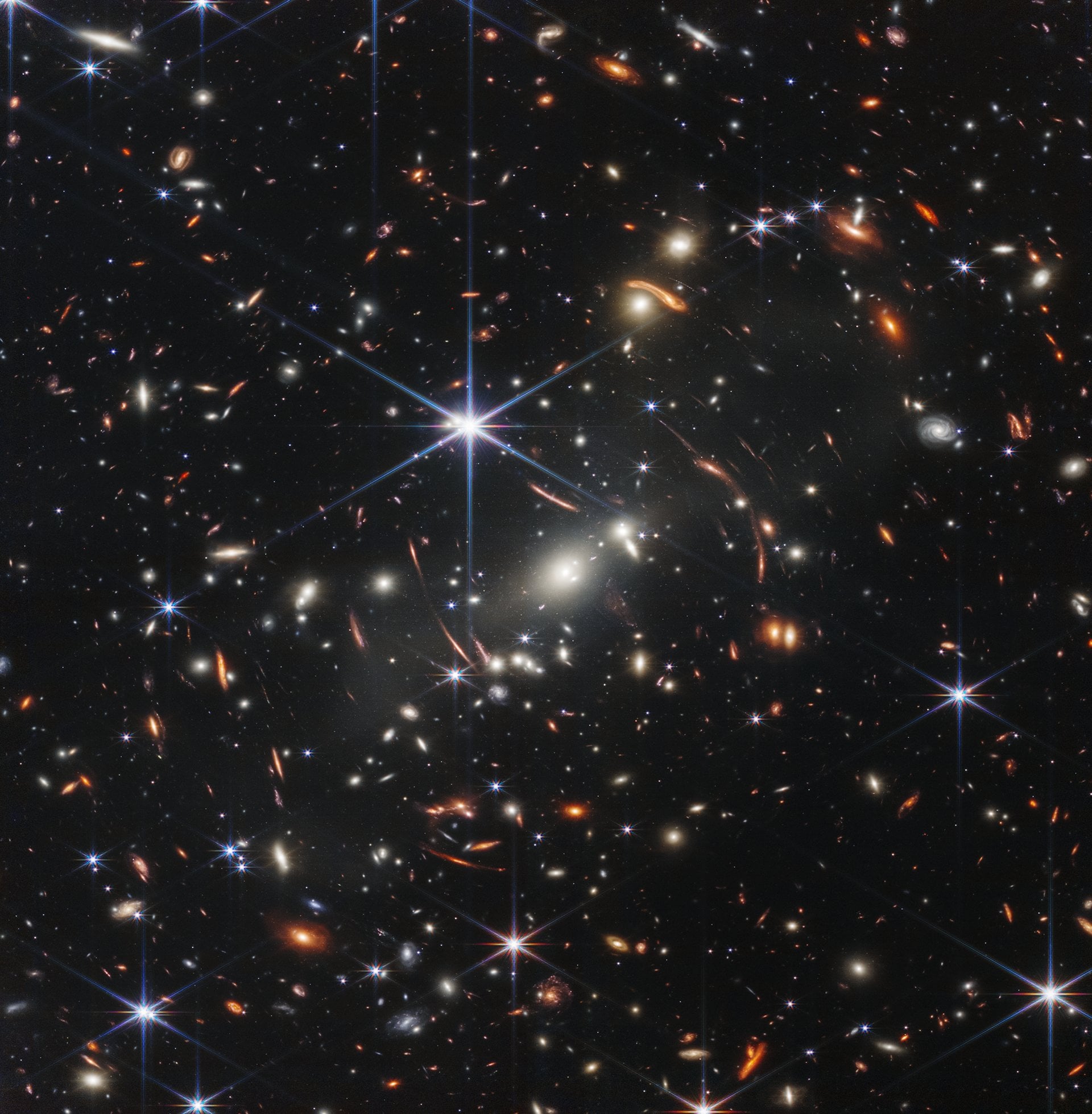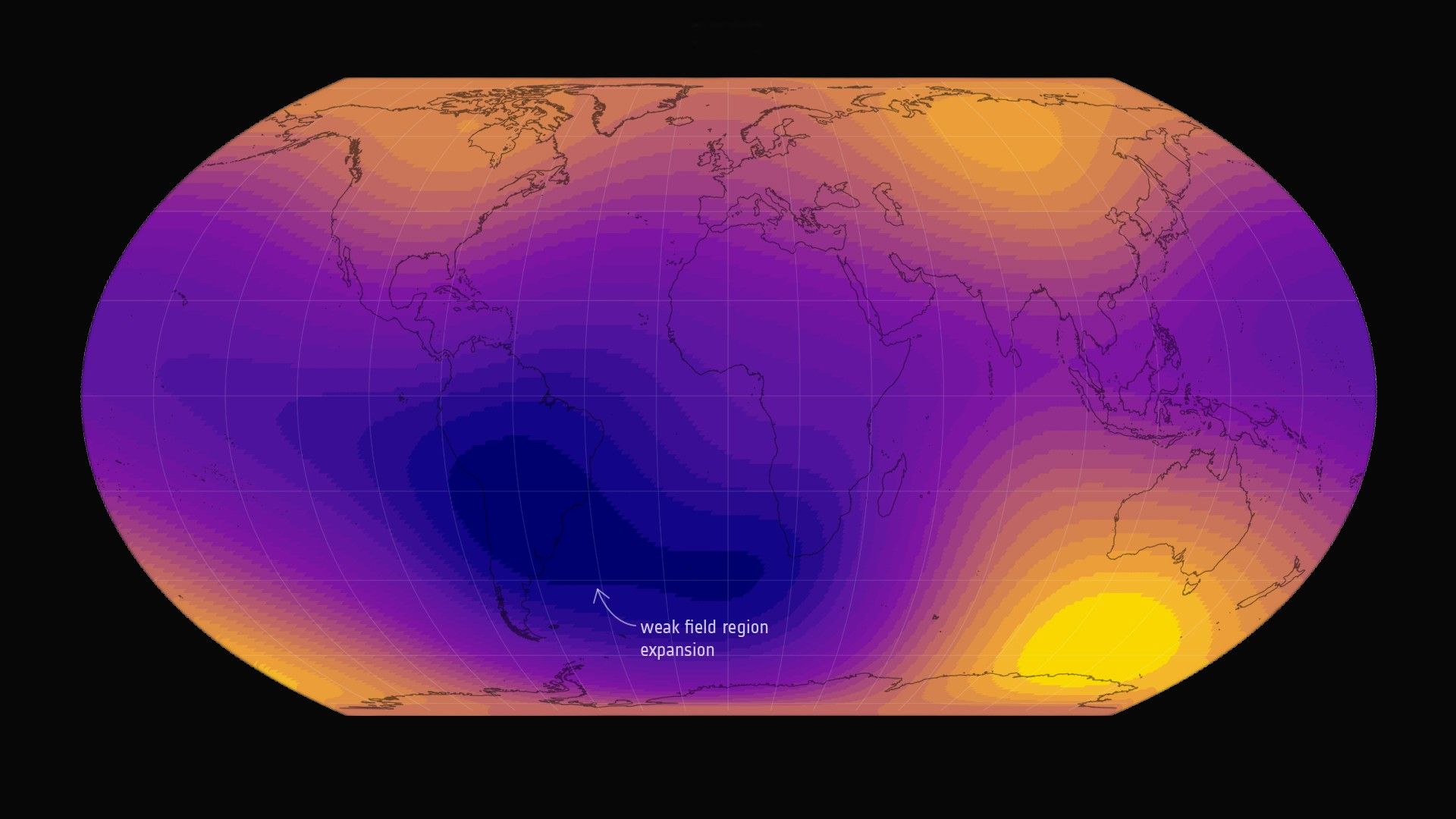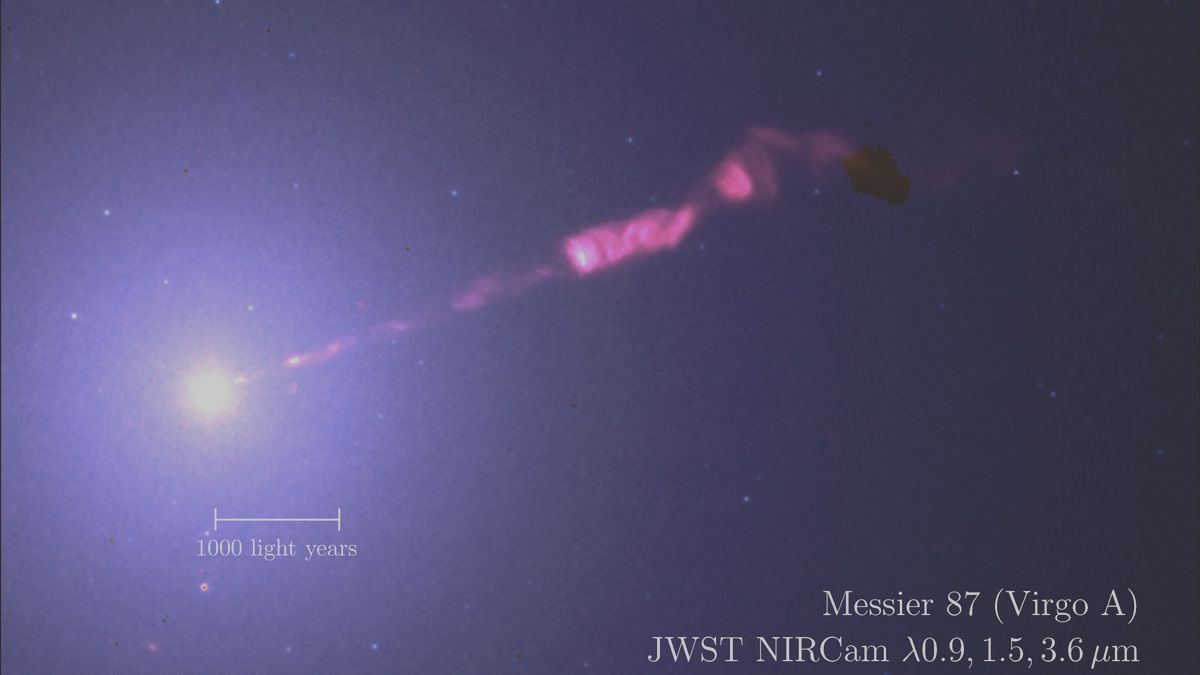Between September 2003 and January 2004, the Hubble Space Telescope conducted its deepest observations of the cosmos ever. Known as the Hubble Ultra Deep Field, the images produced showed nearly 10,000 galaxies of various ages, sizes, and shapes, including some that existed when the Universe was just 800 million years old. Recently, astronomers were able to revisit this iconic snapshot of the cosmos using two instruments aboard the James Webb Space Telescope (JWST). Their observations set a new record for the longest and deepest observations of an extragalactic field to date.
This is not the first time Webb has revisited Hubble’s old stomping grounds. As part of its Cycle 1 General Observer (GO) programs, the JWST took high-resolution infrared images of the galaxy cluster SMACS 0723, which Hubble previously observed as part of the Southern MAssive Cluster Survey (SMACS). The image shown at the top was the result of nearly 100 hours of observation using the shortest-wavelength filter on Webb’s Mid-Infrared Instrument (MIRI), as part of the MIRI Deep Imaging Survey (MIDIS), which was combined with data from its Near-Infrared Camera (NIRCam).
These deep observations revealed over 2,500 sources, including hundreds of extremely red galaxies. Some of these are likely to be dust-obscured galaxies, where high concentrations of interstellar dust block or absorb a significant amount of their starlight. Others, however, are likely to be highly-evolved galaxies with many older stars like red dwarfs (which remain in their main sequence phase for trillions of years!) that formed during the early Universe. The different colours in the image show different kinds of infrared light, highlighting the fine distinctions astronomers can make with this deep data.
 Webb’s first Deep Field image of the SMACS 0723 galaxy cluster. Credit: NASA/ESA/CSA
Webb’s first Deep Field image of the SMACS 0723 galaxy cluster. Credit: NASA/ESA/CSA
Galaxies that appear orange and red (corresponding to the longest mid-infrared wavelengths) have features that emit more light, including high concentrations of dust, high levels of star formation, or an Active Galactic Nucleus (AGN) at their center. Small, greenish-white objects are those that peak in the mid-infrared wavelength, corresponding to particularly distant galaxies that experience significant redshift. The remaining blue and cyan galaxies, which account for the largest share in the image, lack any mid-infrared boosting features and are brightest at shorter near-infrared wavelengths.
Webb’s sharp resolution and sensitivity are allowing astronomers to resolve features in many of these galaxies and determine their structure and light distribution. This will shed light on the growth and evolution of galaxies since the earliest cosmological eras, which will also help scientists measure the influence of mysteries like Dark Matter and Dark Energy. Moreover, by examining Hubble’s legacy fields, Webb is carrying on in the proud tradition of deep field imaging, revealing previously hidden things about the Universe and how it has evolved over billions of years.
Further Reading: ESA
Source link


